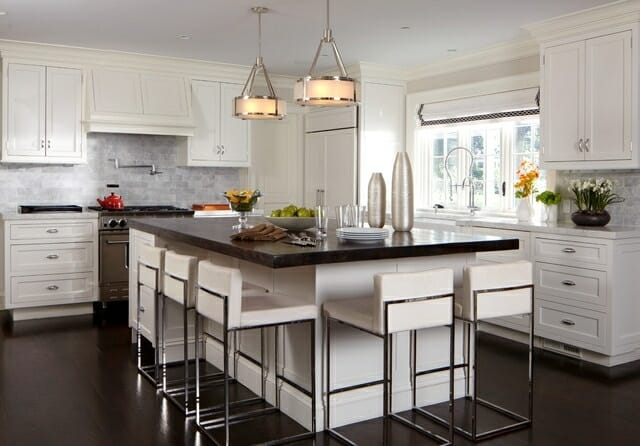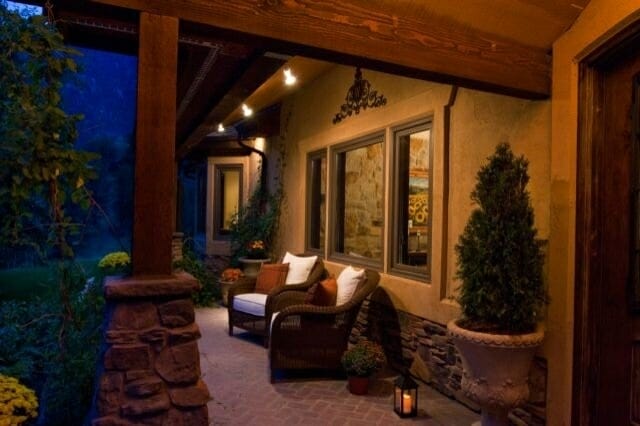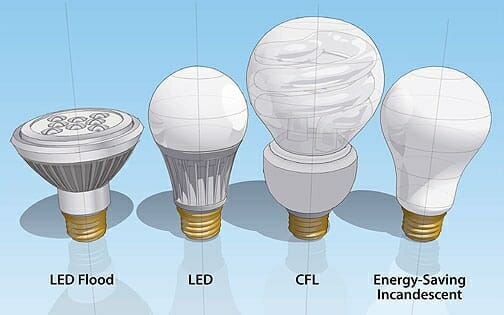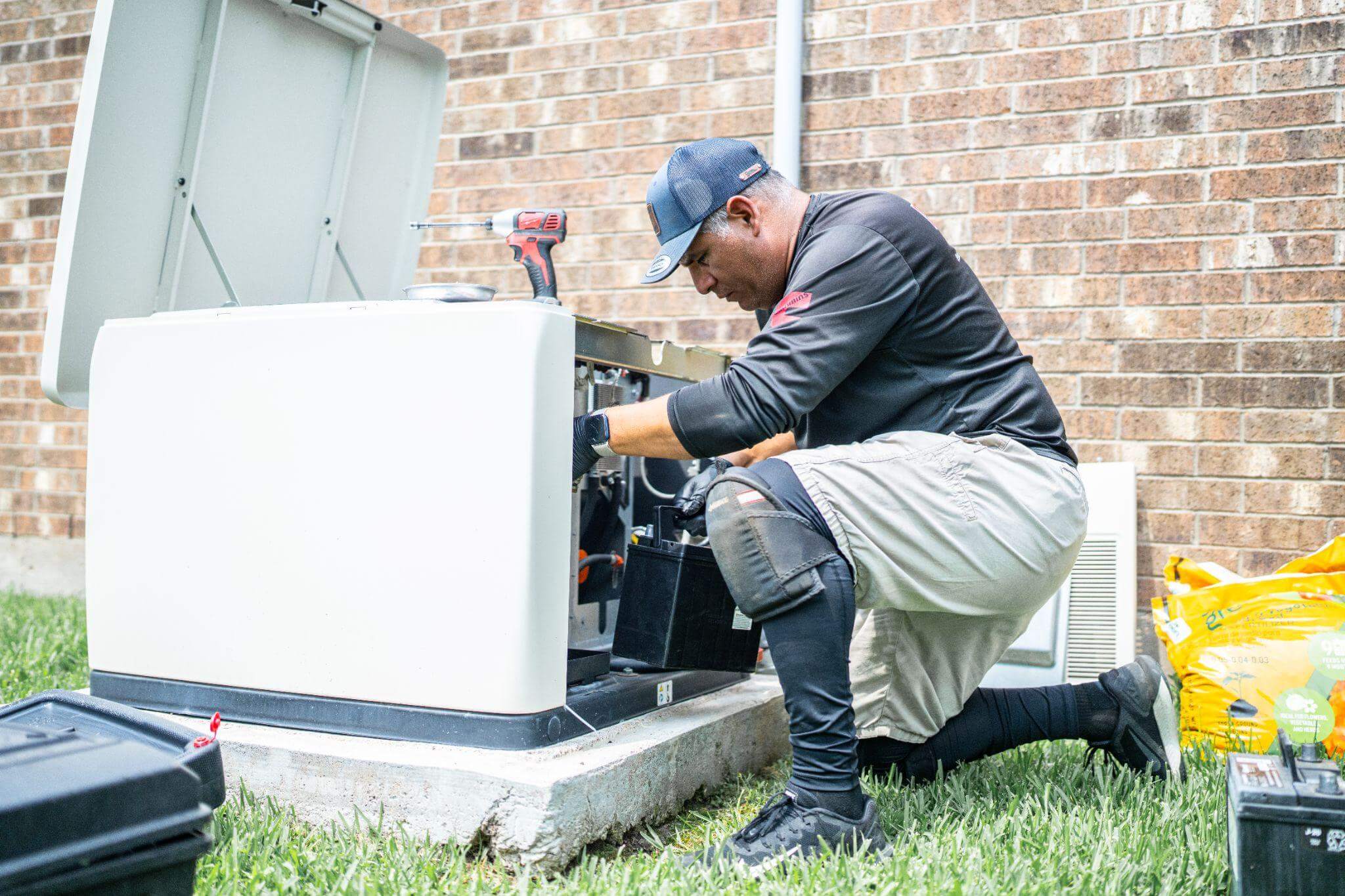Are you doing a home improvement project?
Modernize can pair you with three to four pros in your area, so you can compare options and save time and money.
Energy-Efficient Lighting Solutions for Your Home
Your home offers numerous opportunities to save energy, and upgrading your lighting is one of the simplest and most cost-effective ways to do so. With just a few changes, you can significantly reduce energy usage, lower costs, and enjoy longer-lasting lighting. Here’s how to get started.
Replace Standard Bulbs with Energy-Efficient Options
Traditional incandescent bulbs are becoming a thing of the past, replaced by three efficient alternatives: halogen incandescent, compact fluorescent lamps (CFLs), and light-emitting diodes (LEDs).
- Halogen Incandescents: These bulbs are about 10% to 20% more efficient than traditional incandescents and last up to three times longer.
- CFLs: Using 75% less energy than standard bulbs, CFLs last 8 to 10 times longer, making them an excellent choice for high-use areas.
- LEDs: The most efficient option, LEDs use 75% less energy and can last up to 25 times longer than traditional bulbs.
Pro Tip: Each bulb type offers different advantages. Consider the location, fixture, and desired light color when replacing bulbs to ensure the best result.
Upgrade Your Light Fixtures
Swapping out bulbs is an excellent start, but upgrading your light fixtures can take energy efficiency to the next level. ENERGY STAR-certified fixtures use 70% to 90% less energy than standard ones and work seamlessly with efficient bulbs.
- Additional Features: Many ENERGY STAR fixtures come with dimming capabilities, motion sensors, or automatic shutoff for even greater savings.
- Style Options: Available in hundreds of designs, these fixtures let you enhance your home’s ambiance without sacrificing aesthetics or efficiency.
 Install a Solar Tube
Install a Solar Tube
A house with too few windows can be a problem. You may end up needing to leave lights on even during the day, and you miss out on the refreshing visual access to sunlight and the outdoors. If certain areas of your home lack natural light, solar tubes can brighten spaces without increasing energy usage. These reflective tubes channel sunlight from your roof to interior rooms, offering free daylight during the day.
Find the Right Contractor for Your Project
Whether you’re ready to begin your project now or need some expert advice, our network of contractors are here to help. With a few simple questions, we’ll find the best local professionals for you
- Cost and Benefits: Solar tubes typically cost between $500 and $1,000 to install and are an excellent alternative to skylights, as they bring sunlight to rooms without direct roof access.
- Sustainability: By reducing daytime light usage, solar tubes can further decrease your electricity costs.
Automate Your Lighting
Automation used to seem like a dream of the future, one that was all about convenience and luxury. But today’s home automation is both exciting and practical; with the right equipment and integration, you can save money and preserve energy.
A home automation system allows you to wirelessly turn off unused lights, dim lights to set the mood, and arrange the lights to turn on when the sensors detect occupants in a certain area. The personalization of your lights to your lifestyle means that you get only the light that you want and need, without wasting excess energy. Consider integrating your home automation with other systems, like your HVAC, for optimum energy savings.
Get the Right Outdoor Lighting
Due to the fact that outdoor lights are usually left on all night, CFLs and LEDs are great long-lasting options that will save you money. Both types are available as weather-resistant flood lights that can integrate with your home security system. When choosing bulbs and fixtures, look for options like automatic daylight shutoff and motion sensors so that you can get optimum energy savings. When it comes to decorative lights, there are also plenty of LED and CFL options. And don’t forget about outdoor solar lights, which don’t need wiring, don’t contribute to your electric bills, and don’t have the location limitations that wired lights do.

Additional Tips for Energy-Efficient Lighting
- Choose the Right Lampshades: Lightweight, neutral-colored shades allow more light to pass through, maximizing bulb efficiency.
- Match Bulbs to Fixtures: Different bulbs suit different applications. For example, halogen bulbs burn hotter, which could be a fire hazard in certain settings, while LEDs come in a variety of colors and tones to match your needs.
- Prioritize High-Use Areas: Focus your upgrades on the lights and fixtures you use most, such as overhead kitchen or living room lights, to maximize your savings.
Brighten Your Home the Smart Way
Making small changes to your lighting can result in significant energy savings and lower utility bills. Whether you’re upgrading bulbs, installing solar tubes, or integrating smart lighting systems, every step you take toward energy efficiency brings long-term benefits for your home and the environment. Start with the most-used lights in your home, and enjoy the cost savings and improved sustainability with each upgrade.
Find the Right Contractor for Your Project
Whether you’re ready to begin your project now or need some expert advice, our network of contractors are here to help. With a few simple questions, we’ll find the best local professionals for you
Reviews from Real Homeowners
Welcome to Homeowner Resources! We are the Modernize blog. Modernize pairs more than 3 million homeowners a year with pre-vetted contractors in their area. This blog started because we believe homeowners should know everything about their homes, from how their HVAC works to which front door colors they might love. On Homeowner Resources, you can find information on every part of your home, right down to how you can negotiate with contractors to get the best price. Here's more about the blog.
Need a contractor? Learn more about how Modernize finds the right pro for you.


